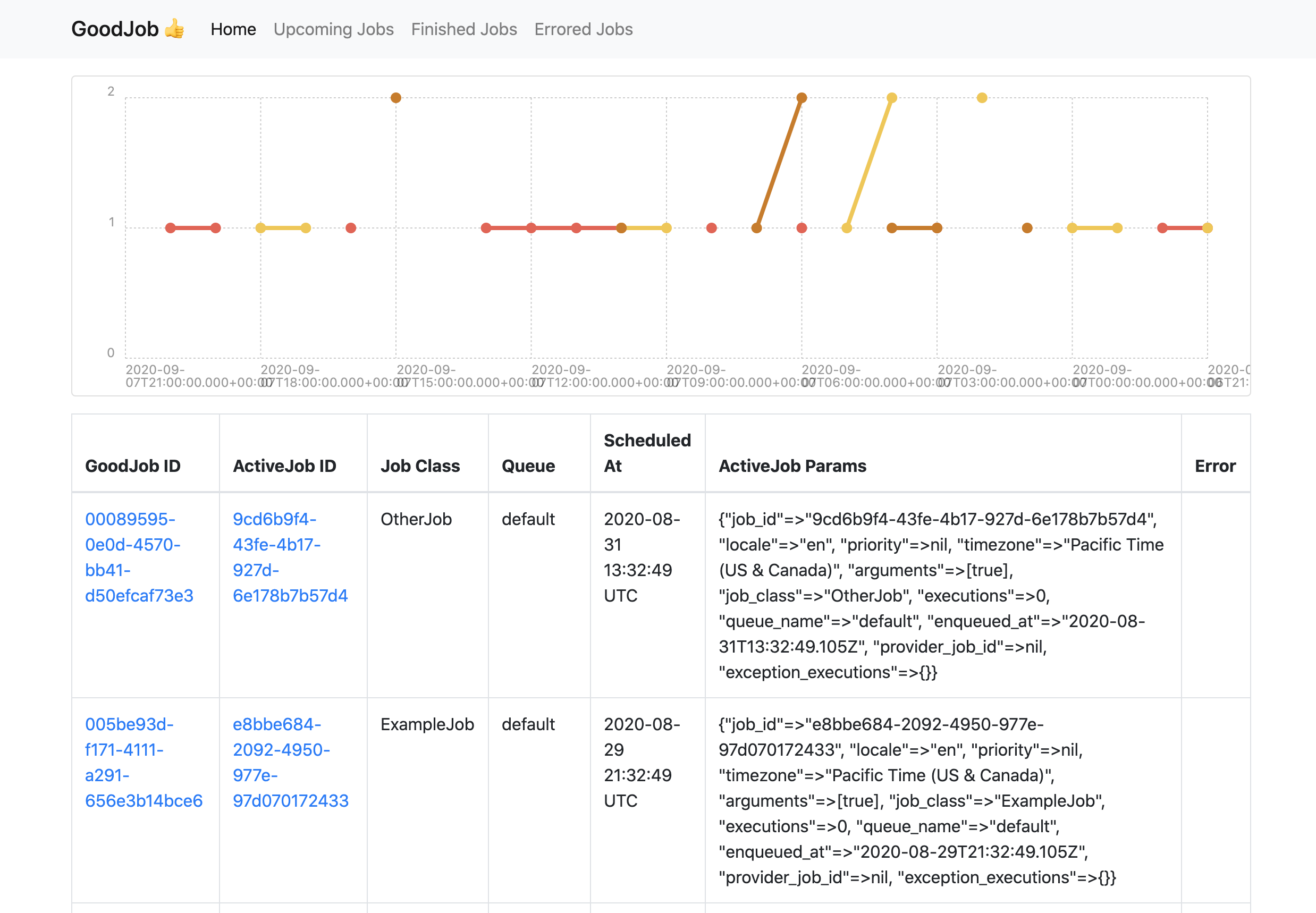Maimonides’ levels of charity
This has been kicking around in my “to blog” bucket since July, 2008 when I had many more posts on Charity. I originally copied this from judaism.about.com, and Wikipedia has a version of these too.
Maimonides organized the different levels of tzedakah (charity) into a list from the least to the most honorable.
8. When donations are given grudgingly.
7. When one gives less than he should, but does so cheerfully.
6. When one gives directly to the poor upon being asked.
5. When one gives directly to the poor without being asked.
4. When the recipient is aware of the donor’s identity, but the donor does not know the identity of the recipient.
3. When the donor is aware of the recipient’s identity, but the recipient is unaware of the source.
2. When the donor and recipient are unknown to each other.
1. The highest form of charity is to help sustain a person before they become impoverished by offering a substantial gift in a dignified manner, or by extending a suitable loan, or by helping them find employment or establish themselves in business so as to make it unnecessary for them to become dependent on others.
To be critical, 8 and 1 are most meaningful to me, and the gradations between the others aren’t particularly strong, though I think 4 and 3 could swap places.
